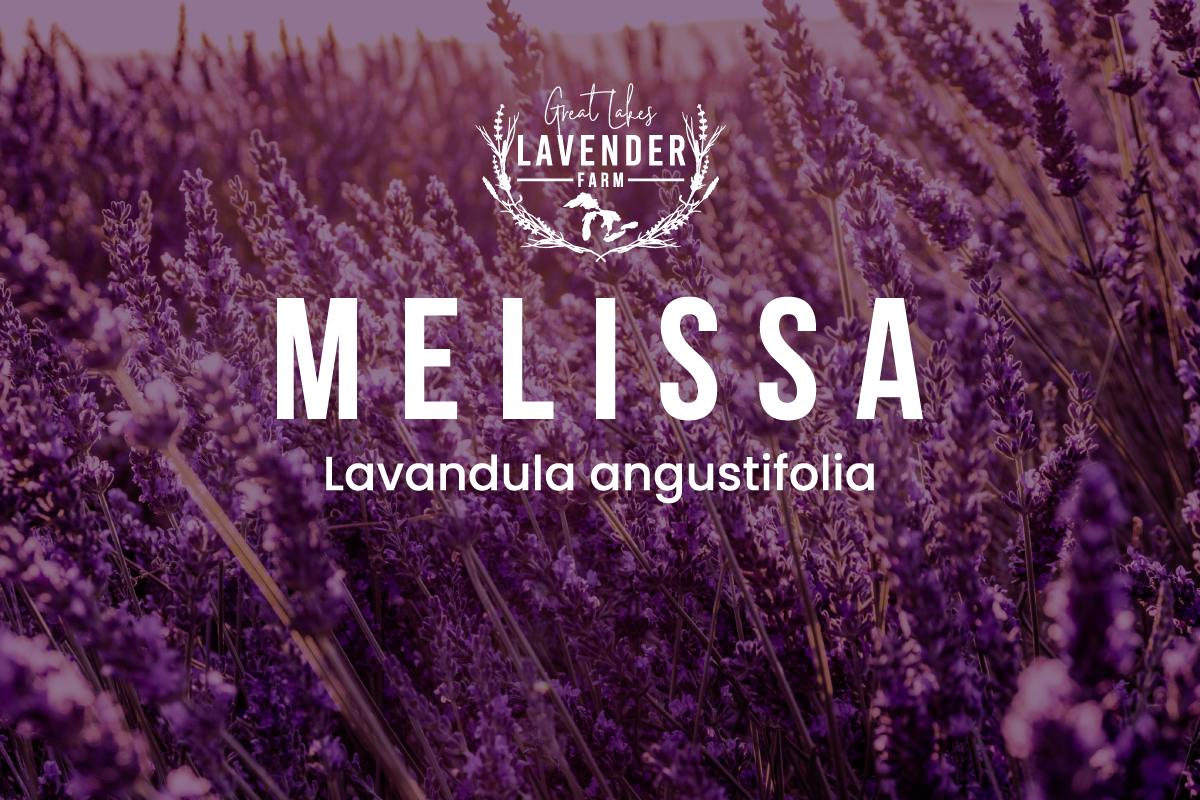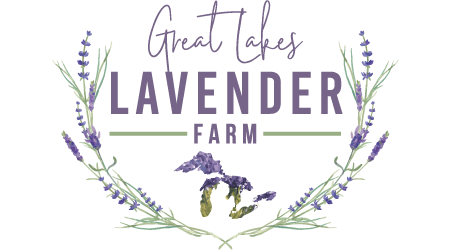
Melissa lavender (Lavandula angustifolia ‘Melissa’) is a charming perennial herb known for its soft pink flowers and delicate, sweet fragrance. A popular choice among gardeners and essential oil enthusiasts, Melissa lavender is valued for its numerous uses in aromatherapy, skincare, and even culinary applications. In this comprehensive guide, we will delve into the world of Melissa lavender, exploring its origins, growing tips, and ways to enjoy its many benefits.
Table of Contents
I. The Origins of Melissa Lavender
II. Characteristics of Melissa Lavender
III. Choosing the Ideal Site for Melissa Lavender
IV. Planting and Growing Melissa Lavender
V. Harvesting Melissa Lavender
VI. Pruning and Winter Care
VII. Pests and Diseases
VIII. Uses and Benefits of Melissa Lavender
IX. DIY Melissa Lavender Projects
X. Conclusion
I. The Origins of Melissa Lavender
Melissa lavender is a cultivar of Lavandula angustifolia, commonly known as English lavender. This particular variety was developed for its unique color and gentle scent, making it a popular choice for cottage gardens, borders, and other ornamental plantings.
II. Characteristics of Melissa Lavender
Melissa lavender boasts several distinct features that set it apart from other lavender varieties:
- Size: Melissa lavender typically reaches a height of 18-24 inches (45-60 cm) and a width of 18-24 inches (45-60 cm), making it a compact plant suitable for small gardens or containers.
- Flower Color: The plant produces pale pink to soft lilac flowers that stand out against its gray-green foliage.
- Bloom Time: Melissa lavender blooms from late spring to early summer, depending on the growing zone.
- Fragrance: Known for its delicate, sweet scent, Melissa lavender is a favorite among those who prefer a more subtle lavender aroma.
III. Choosing the Ideal Site for Melissa Lavender
To ensure a healthy and thriving Melissa lavender plant, it is essential to select the right location. Keep the following factors in mind when choosing a spot for your lavender:
- Sunlight: Melissa lavender requires full sun for at least 6-8 hours a day.
- Soil: The plant thrives in well-draining, slightly alkaline soil with a pH of 6.5-7.5. It is also drought-tolerant and prefers less fertile soil.
- Climate: Melissa lavender is hardy in USDA zones 5-9, but it can be grown in cooler climates if given proper winter protection.
IV. Planting and Growing Melissa Lavender
Once you’ve chosen the perfect location, follow these steps for planting and growing Melissa lavender:
- Soil Preparation: Amend the soil with organic matter, such as compost, to improve drainage. If your soil is acidic, add lime to increase the pH.
- Planting: Space Melissa lavender plants 18-24 inches (45-60 cm) apart to ensure proper air circulation. Plant in early spring or fall, depending on your growing zone.
- Watering: Water the plant deeply but infrequently, allowing the soil to dry out between waterings. Overwatering can lead to root rot and other problems.
- Fertilizing: Melissa lavender requires minimal fertilizing. Apply a balanced, slow-release fertilizer in the spring to promote healthy growth. Avoid over-fertilizing, as it can lead to excessive foliage growth and reduced flower production.
V. Harvesting Melissa Lavender
To harvest Melissa lavender for use in various applications, follow these guidelines:
- Timing: Harvest Melissa lavender flowers just as the buds begin to open, typically in the early morning to preserve the essential oil content.
- Cutting: Use sharp, clean pruning shears to cut the flower stems, leaving some foliage on the plant to promote regrowth.
- Drying: Bundle the harvested stems and hang them upside down in a cool, dry, dark location with good air circulation. Allow them to dry for 1-2 weeks.
VI. Pruning and Winter Care
Proper pruning and winter care are essential to maintaining a healthy Melissa lavender plant. Follow these steps:
- Pruning: Prune Melissa lavender plants in late summer after flowering or in early spring before new growth emerges. Remove dead, damaged, or diseased stems, and shape the plant to maintain its compact form.
- Winter Care: In colder climates, protect Melissa lavender plants by applying a layer of mulch around the base, being careful not to cover the crown of the plant. If necessary, provide additional protection with a burlap wrap or frost cloth.
VII. Pests and Diseases
Melissa lavender is generally resistant to pests and diseases, but some problems may arise:
- Pests: Aphids and whiteflies may infest Melissa lavender. Control these pests by applying insecticidal soap or introducing beneficial insects, such as ladybugs.
- Diseases: Root rot, leaf spot, and fungal infections can occur if the plant is overwatered or grown in poorly draining soil. Prevent these issues by providing proper care and ensuring adequate drainage.
VIII. Uses and Benefits of Melissa Lavender
Melissa lavender has a myriad of uses and benefits, including:
- Aromatherapy: The essential oil extracted from Melissa lavender flowers is widely used in aromatherapy for its calming and stress-relieving properties.
- Culinary: Melissa lavender flowers can be used to flavor baked goods, teas, and other dishes.
- Skincare: The essential oil has antimicrobial and anti-inflammatory properties, making it a valuable ingredient in skincare products.
- Home Fragrance: Dried Melissa lavender flowers can be used to create potpourri, sachets, and other fragrant items to scent your home.
IX. DIY Melissa Lavender Projects
Explore your creativity with these DIY Melissa lavender projects:
- Lavender Wreath: Create a beautiful and fragrant wreath using dried Melissa lavender flowers.
- Lavender Bath Salts: Combine Epsom salts, sea salt, and Melissa lavender essential oil for a relaxing and therapeutic bath soak.
- Lavender Candles: Infuse your home with the calming scent of Melissa lavender by making your own lavender-scented candles.
- Lavender Sugar: Mix dried Melissa lavender flowers with granulated sugar for a unique and flavorful addition to teas, desserts, and more.
X. Conclusion
Melissa lavender is a versatile and lovely plant, perfect for gardens and various applications. By following the tips provided in this comprehensive guide, you can successfully grow, harvest, and enjoy the numerous benefits of this fragrant perennial. From its charming pink blooms to its delicate scent, Melissa lavender is a delightful addition to any garden or landscape.









